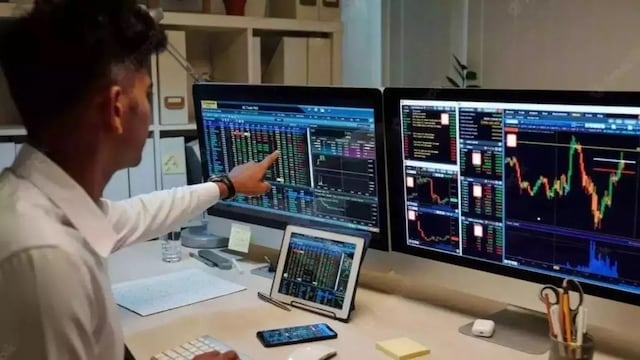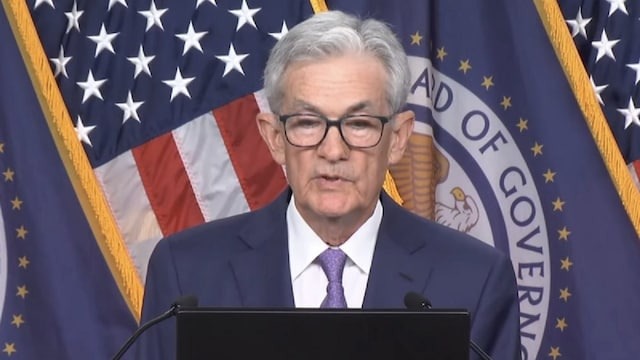
New Delhi. Devendra Fadnavis has become the new Chief Minister of Maharashtra. After the path of formation of the Mahayuti alliance government has been cleared, foreign investors have also changed their strategy. The investors who were selling and running away in October and November made up for the one month's loss in the first four trading sessions of December. This fresh buying has brought new enthusiasm to the Indian stock market. Sensex and Nifty registered strength in 5 consecutive trading sessions.
Let us tell you that after selling shares worth Rs 1.1 lakh crore in the months of October and November, foreign institutional investors (FIIs) are seen returning to the Indian stock market in December. In the first four trading days of December, FIIs have bought shares worth more than Rs 23,500 crore. The special thing is that this amount is more than their total sales in November.
According to NSDL data, FIIs have invested Rs 14,964 crore since the beginning of December. Along with this, provisional data from NSE shows that on December 5 itself, FIIs bought shares worth Rs 8,539 crore, taking the total purchase to Rs 23,503 crore.
Big expectations from RBI, but…
Experts believe that the main reason for the recent purchases is the attractive valuation after the fall in share prices. Along with this, it was expected that the Reserve Bank of India (RBI) may soon cut interest rates. Experts were assuming that if interest rates decrease, the growth rate of the Indian economy may accelerate in the next 6-8 quarters. Although the repo rate was not cut in today's policy, but by reducing the cash reserve ratio, a large amount of capital has been given to the banks.
America's love for India also has an impact!
Apart from this, the budget allocation by the government and increased spending on infrastructure is also a big reason for FIIs' investment. These efforts are expected to accelerate economic activities in the second half of the financial year. At the same time, America's new policies at the global level (especially the inclination towards India) have also attracted the attention of investors.
Devan Choksey, Managing Director, DR Choksey Finserv, says, "I believe India will remain the world's fastest-growing economy in the coming years, and it will continue to attract global investors. As long as stock prices remain reasonable, FIIs are likely to continue investing. Recently, FIIs have focused on large and blue-chip stocks, and have distanced themselves from midcap and smallcap stocks."
Where did the big investors put their money?
In October, FIIs sold shares worth Rs 87,590 crore, and in November sold an additional Rs 22,602 crore. However, this selling stopped in the second half of November and this month FIIs became net buyers. However, the figure was only Rs 808 crore.
According to NSDL data, FIIs invested the most in sectors like Financial Services (₹9,597 crores), IT (₹2,429 crores), and FMCG (₹2,184 crores). Apart from this, investments were also made in sectors like Real Estate (₹1,367 crores), Capital Goods (₹681 crores), Consumer Goods (₹471 crores), and Consumer Durables (₹426 crores).
There were several reasons behind the massive sell-off in October and November. Primarily, funds shifted to China in late September due to the stimulus-led boom in China. Also, weak second-quarter corporate results in India disappointed investors. After Donald Trump became president, “America First” policies and expectations of tax cuts drew investors’ attention to the US.

 Desk
Desk Share
Share






